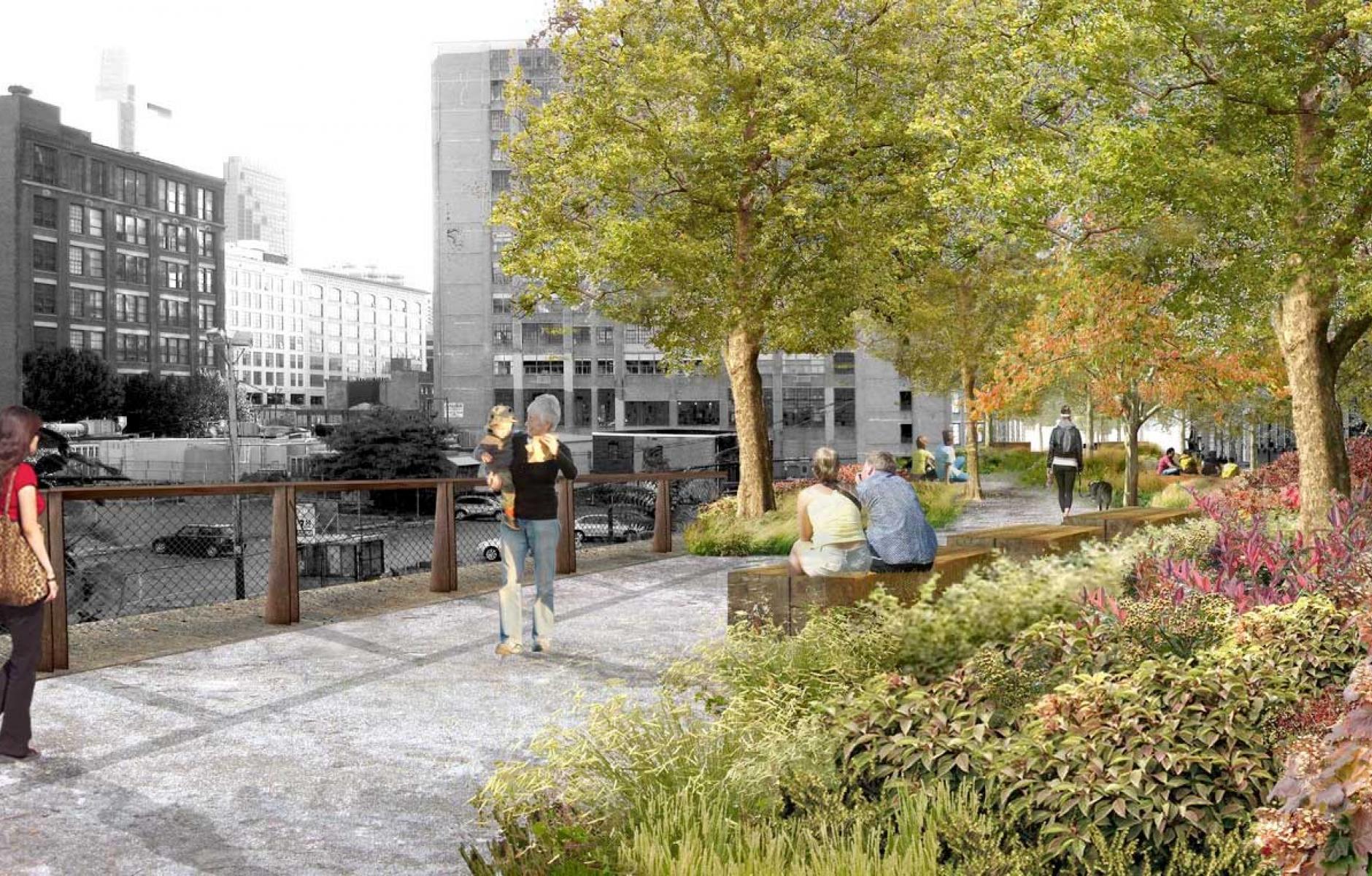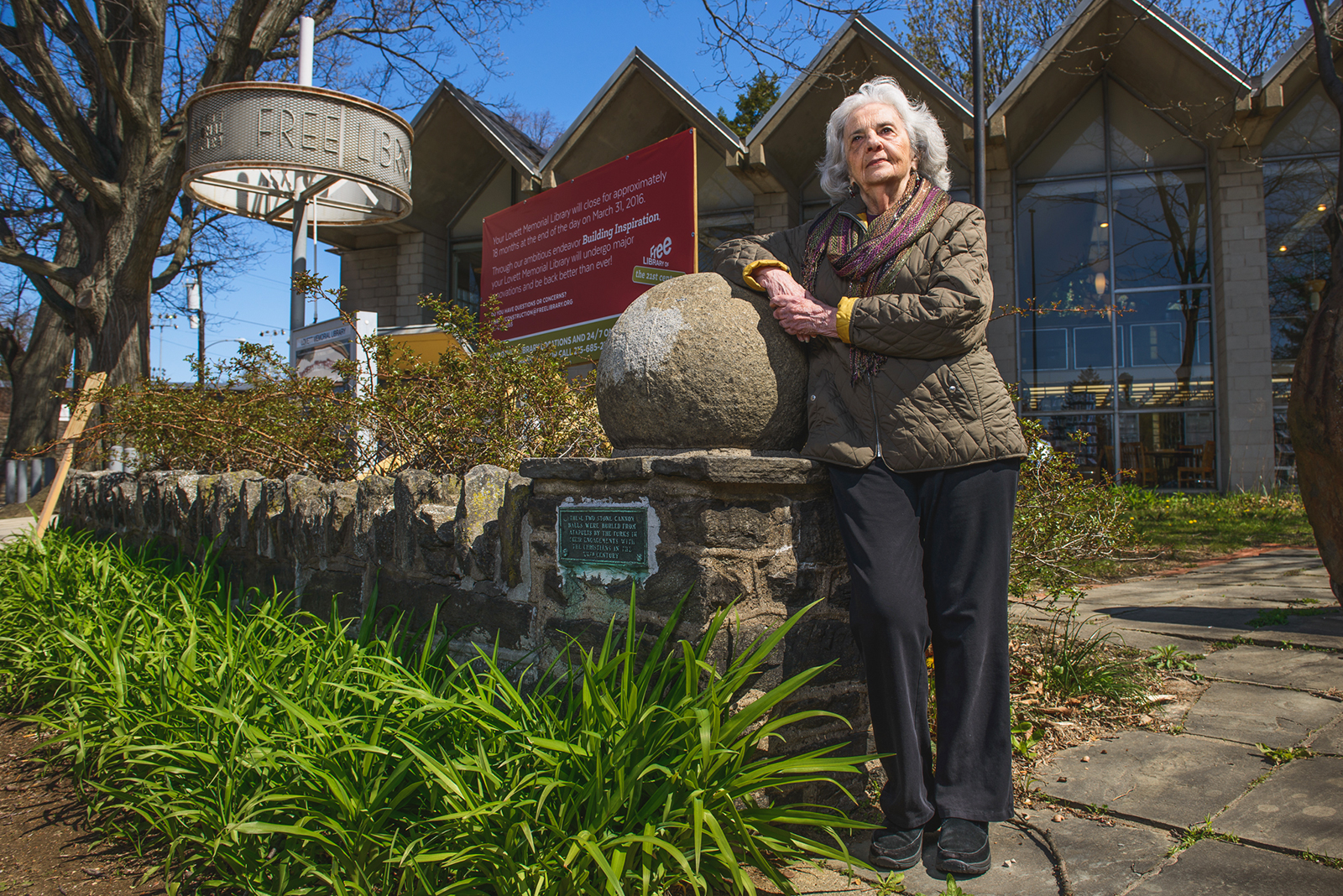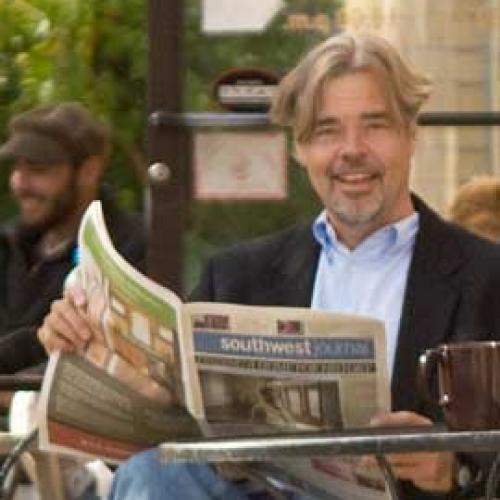
Civic Commons: Spreading opportunity to the whole city
For decades the “Philadelphia Story” was about steady economic decline. That story is being rewritten today, but so far Philadelphia’s comeback is limited to certain parts of town. “We have one of the highest infusions of Millennials coming here, but also some of the highest rates of poverty and economic segregation,” observes Parks Commissioner Kathryn Ott Lovell.
To address that disparity, local leaders formed the Reimagining the Civic Commons initiative three years ago to show how growing prosperity can be spread more widely throughout town— a strategy now being applied in Chicago, Detroit, Memphis and Akron.
Philadephia’s Civic Commons campaign began as a partnership among two foundations—William Penn and Knight—working with non-profit organizations, city staff and citizens to improve public assets like parks and libraries. The idea is that strengthening these civic commons—which means places belonging to everyone—can lay groundwork for economic and social opportunity in surrounding neighborhoods.
This is not doing something for the community, it’s with the community, stresses Shawn McCaney, Executive Director of the William Penn Foundation. “Everyone doesn’t walk away when the last brick is laid. The people living in these neighborhoods have been involved in this work, they own it, and they are the people who will protect and steward these projects.”
Philadelphia’s Civic Commons focuses on five public spaces shared by the whole city, which are located in or near disadvantaged communities: 1) A nature and youth leadership center being built by Audubon Society and Outward Bound; 2) An urban trail connecting 10 diverse neighborhoods; 3) A new bike and pedestrian path linking America’s oldest botanical garden with the rest of the city; 4) A cluster of three recreation facilities on the site of Philadelphia’s 1876 World’s Fair; and 5) A library expansion and new park in the heart of racially mixed neighborhood.
“Civic commons are valuable assets that we already own and want to reimagine for the benefit of everyone,” explains Carol Coletta, who helped start Philadelphia’s Civic Commons initiative while at the Knight Foundation and now leads Reimagining the Civic Commons as Senior Fellow at the Kresge Foundation.
Launched last year by the JPB Foundation, Knight Foundation, Kresge Foundation and Rockefeller Foundation working in partnership with local funders in Philadelphia, Chicago, Detroit, Memphis and Akron, Reimagining the Civic Commons’ mission is “to foster community, social mobility and economic opportunity by creating experiences and spaces where people of all backgrounds can exchange ideas and address common problems while making cities more environmentally sustainable in the process.”
Here are Philadelphia’s five original civic commons projects, now in various stages of planning or building:
Discovery Center
A 37-acre man-made lake in in Fairmount Park, fenced off for decades, will become Discovery Center—an education resource jointly run by the Audubon Society and Outward Bound offering nature and leadership programs for youth from across the city.
The nearby Strawberry Mansions community—a low-income area where handsome Victorian homes stand next to vacant lots—is working with the Discovery Center and Fairmount Park Conservancy to ensure local people feel welcome at the new $18 million facility. “It’s going to reengage a generation of park users,” says Tonnetta Graham, president of the Strawberry Mansions Community Development Corporation. “And we are working to see that it will spark more private investment in our neighborhood without gentrifying it.”

The Rail Park
Construction began last fall to transform an abandoned rail line into a landscaped community space that runs three miles along an overhead viaduct (see rendering at top), then through a tunnel and open-air cut beneath the streets. All three phases of the park have the potential to connect 10 diverse neighborhoods.
The Rail Park was conjured by artist Sarah McEneany more than 30 years ago, when she moved into the area. She shared the idea with friends and neighbors, slowly building support for a vision that many initially dismissed as pie-in-the-sky. One of the people she convinced was Melissa Kim, who worked with the Asian Arts Initiative at the time. “It’s a diverse area with homeless shelters and high rise lofts, Chinese families and artists,” Kim says. “The Rail Park can offer an amenity for people in these neighborhoods connecting them with each other and the rest of the city.”
Bartram’s Mile
Tucked away on the Schuylkill River lies Bartram’s Garden, the oldest botanical center in the Americas, founded by naturalist John Bartram (a close friend of Benjamin Franklin’s) in the early 1700s. Every year, this 45-acre sanctuary attracts more than 50,000 school children and nature lovers from across the region. But until recently, lower-income people living nearby in Southwest Philadelphia seldom stopped in to explore its gardens, woods and riverfront.
“Local people tell me they thought it was just for gardening enthusiasts or that they did not feel welcome,” explains Bartram’s Garden Director Maitreyi Roy. But that’s changing with new programming and the just-opened Bartram’s Mile, a riverside walking and bike path. When a rail bridge refurbished for bikes and walkers opens next fall, connecting Bartram’s Mile with heavily traveled bike trails on the other side of the river, Southwest Philadelphia “will be just a 20-minute ride from the Center City on park trails,” Roy says.

Centennial Commons
Centennial Commons commemorates the first US World’s Fair, which celebrated the 100th anniversary of the Declaration of Independence, attracting 10 million visitors and introducing bananas, popcorn and Alexander Graham Bell’s telephone to Americans. A grand stone gateway and the fair’s art gallery, now a Children’s Museum, are all that’s left of the historic 1876 event in what’s now a sleepy corner of Fairmount Park.
The area is generally empty—except for the museum, which is pricey for neighborhood residents—because there’s not much to do here. The Fairmount Park Conservancy is working with the community make Centennial Commons feel more inviting. Initial plans, drafted after months of community-driven discussion, call for traffic calming on busy streets bordering the area, new landscape architecture and three deluxe recreation areas with climbing structures, nature attractions, a sprayground (think playground crossed with water park) and ice skating rinks. Neighborhood residents will be hired to work on the project and receive mentoring to help them climb the ladder in the construction trades.

Lovett library & park
The Mount Airy neighborhood in northwest Philadelphia—which is about 60 percent African-American and 30 percent white—is recognized as one of the most stable racially integrated communities in America. The Lovett Public Library has long been a spot where the whole community comes together—a distinction that is sure to increase next fall with the opening of a library addition featuring a larger children’s section, increased technology capacity, improved ADA accessibility and a teen center. The library grounds will be upgraded into a full-fledged park, creating a lively civic center for Mount Airy.

More than 40 civic organizations across the city are involved in these efforts. The Civic Commons presents a prime good opportunity to “daylight” future leaders in neighborhoods and organizations, notes Ott Lovell.
Community engagement is the heart of civic commons work, adds Patrick Morgan, the Knight Foundation’s Program Director for National and Community Initiatives. “You don’t just invest in the places, but in the people who are doing the work. This takes the idea of engagement to a whole new level.




